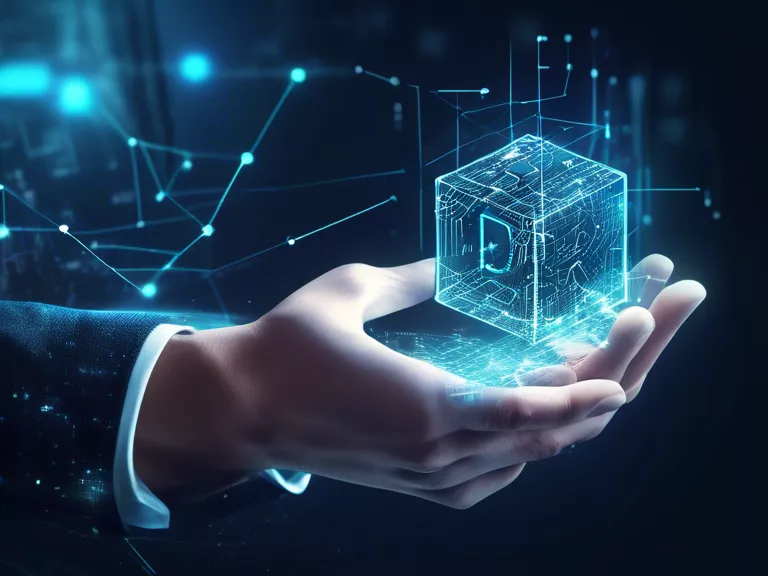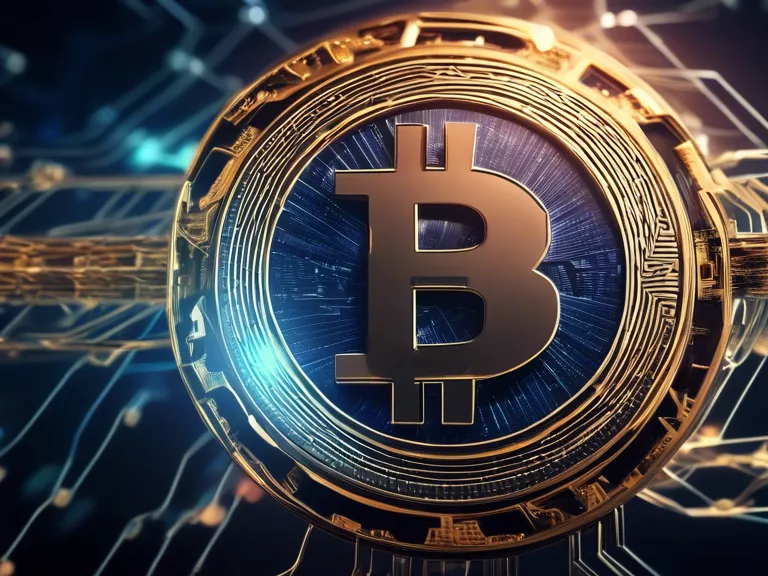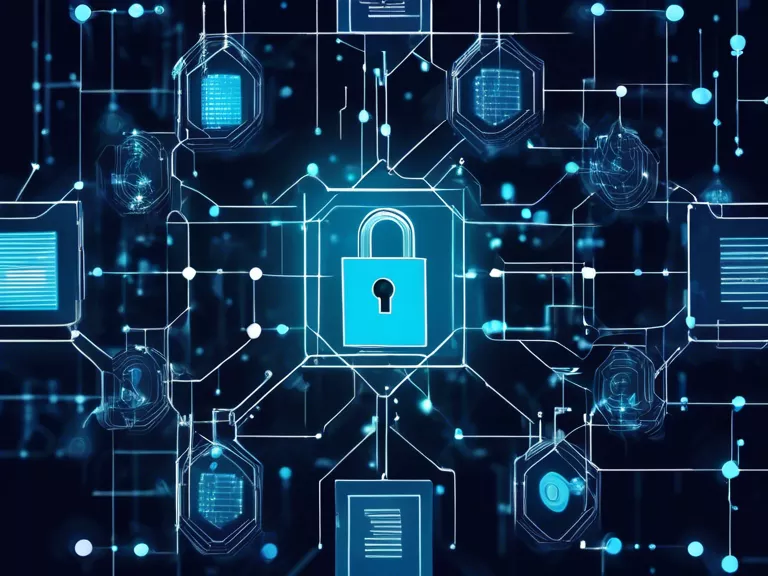
Introduction
Blockchain technology has revolutionized the way digital assets are managed and exchanged, offering unprecedented security and transparency. However, as the value of digital assets continues to grow, so do the threats posed by cybercriminals. Safeguarding blockchain and securing digital assets are paramount to ensuring the integrity of transactions and protecting investments.
Importance of Security in Blockchain
Blockchain operates on a decentralized network, making it inherently secure due to its distributed nature. Each block is linked to the previous one, creating a chain that is immutable and tamper-proof. However, vulnerabilities still exist at various points in the blockchain ecosystem, including wallets, exchanges, and smart contracts. Implementing vigilant security measures is essential to mitigate these risks.
Best Practices for Securing Digital Assets
1. Secure Wallet Management
One of the most critical aspects of safeguarding digital assets is securing the wallets that store them. Hardware wallets, such as Ledger or Trezor, offer offline storage and are considered the most secure option. It is essential to keep private keys offline and never share them with anyone.
2. Use Strong Authentication Methods
Employing strong authentication methods, such as two-factor authentication (2FA) or biometric authentication, adds an extra layer of security to blockchain transactions. By verifying the identity of users through multiple factors, the risk of unauthorized access is significantly reduced.
3. Regular Software Updates
Keeping blockchain software and wallets up to date is crucial in ensuring protection against known vulnerabilities. Developers regularly release patches and updates to address security flaws, so it is essential to install these updates promptly to stay protected.
4. Smart Contract Auditing
Smart contracts are self-executing contracts with the terms of the agreement directly written into code. Auditing smart contracts for potential vulnerabilities and bugs is essential to prevent exploits that could result in the loss of digital assets.
5. Education and Awareness
Educating users about best practices for blockchain security and raising awareness about common scams and phishing attempts can help prevent unauthorized access and fraudulent activities. By staying informed, users can make informed decisions and protect their digital assets.
Conclusion
Securing blockchain and digital assets requires a multi-faceted approach that combines technical measures with user education and awareness. By implementing best practices such as secure wallet management, strong authentication methods, regular software updates, smart contract auditing, and user education, individuals and organizations can safeguard their digital assets and protect their investments in the evolving blockchain ecosystem. Stay vigilant, stay secure.
Glass of Win
Smile to Africa Adventure
Monika Brodka
USS Oriskany
Literati2
Penny Hardaway
Designed in Finland
Refiza
Dan Rodimer
Local Savage
ATW Traveler
Marcel Theroux
Kemble Gallery
Cronk's Oakridge
El Horizontal
Em Cada Pagina
Iroko Designs
La Fonda Mexican Restaurants
Layton Bio
Nanjing Expat
Richard YT
Righting Food
Shkodra Daily
Merabsp
pfoto rzd
Esculturasy Monumentos
Warren Indiana
Jintara Fan Club
fted cruz
Khamag Mongol
Military Art Company
beavtrav
Belum Lama
Blue Rooster Food Company
DJ Vibe
eugene the brand
hennypalooza.com
hillsideornamentals.com
Komik Gratis Online
matsunoyanotsuma.com
mix4max.com
sharingourfoodadventures.com
thebestbedlinenintheworld.com
thegrayandorange.com
toronto-restaurants.com
yamato-movie.com
Scoops Ice Cream Truck
Uncover Studios
Fc Lupopo
Toci Lamart



